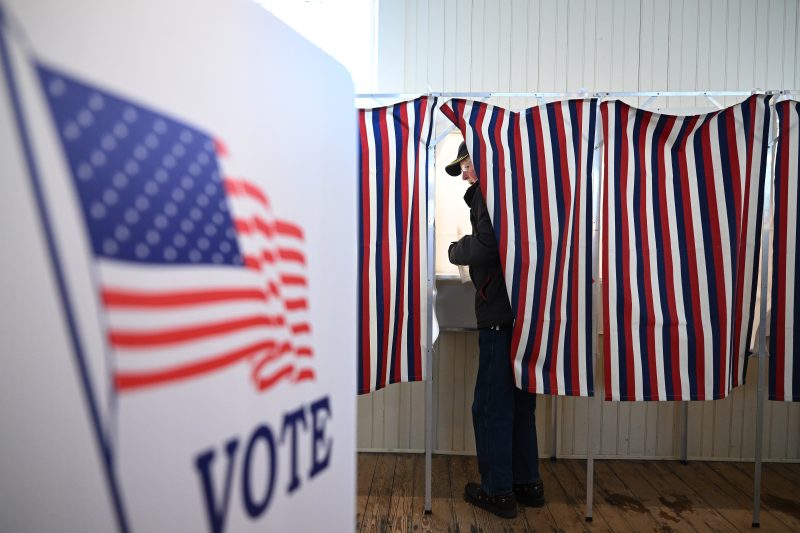The National Popular Vote Plan Challenges the Undemocratic Electoral College
Pros and Cons of the National Popular Vote Plan
Pros of the National Popular Vote Plan:
1. Eliminates the Electoral College Bias: One of the most significant advantages of the National Popular Vote Plan is that it eliminates the inherent bias of the Electoral College system. Under the Electoral College, the winner-takes-all system in most states can distort the true will of the people. By transitioning to a popular vote system, every vote would count equally, ensuring a more democratic outcome.
2. Encourages Voter Turnout: A shift to a popular vote system could potentially increase voter turnout across the country. When voters feel that their vote directly impacts the outcome of the election, they are more likely to participate in the democratic process. This increased participation can lead to a more representative government that reflects the will of the people.
3. Simplifies the Voting Process: Adopting the National Popular Vote Plan could simplify the voting process for Americans. Instead of navigating complex state-by-state rules and regulations, voters would have a clearer understanding of how their vote contributes to the overall national outcome. This transparency could enhance trust in the electoral system and foster a sense of unity among voters nationwide.
Cons of the National Popular Vote Plan:
1. Disregards State Autonomy: Critics argue that the National Popular Vote Plan undermines the autonomy of individual states in the electoral process. The Electoral College was designed to balance the influence of smaller and larger states, ensuring that all states have a voice in the election. Transitioning to a popular vote system could marginalize states with smaller populations, reducing their influence in national elections.
2. Potential for Recount Challenges: Moving to a national popular vote system could introduce logistical challenges with regards to recounts and election disputes. With millions of votes cast nationwide, verifying the accuracy of every vote could be a daunting task. In contrast, the Electoral College system allows for more focused recount efforts at the state level, potentially reducing the risk of large-scale challenges to the election results.
3. Complex Implementation: Implementing the National Popular Vote Plan would require significant changes to the current electoral system, which could be challenging to execute. Coordinating the efforts of all states to participate in the agreement and ensuring a smooth transition from the Electoral College to a popular vote system would require careful planning and cooperation among state officials.
In conclusion, the National Popular Vote Plan presents both advantages and disadvantages in the ongoing debate over electoral reform. While the plan offers the promise of a more democratic and inclusive electoral process, concerns remain about its potential impact on state autonomy and the practical challenges of implementation. Ultimately, the decision to adopt a national popular vote system will require careful consideration of these factors and a commitment to upholding the principles of fairness and representation in American elections.
